Sony Sonnar T* Fe 55mm F/18 Za Lens Review
Introduced alongside Sony'due south first full-frame mirrorless cameras in 2013, the Sony Sonnar T* Atomic number 26 55mm f/1.eight ZA lens was the showtime fast-aperture, "standard" focal length prime lens available for the Iron mount. The 50mm prime lens has seen a resurgence in popularity in contempo years, with many new lenses in this focal range introduced by lens manufacturers over the last one-half-decade. Sony themselves now offering four unlike 50mm prime lens options for the FE mount. Beyond the FE 55mm f/1.viii ZA lens, at that place is the entry-level Sony Atomic number 26 50mm f/ane.8, the premium Sony Fe 50mm f/ane.four ZA and the Sony FE 50mm f/2.viii Macro lens.
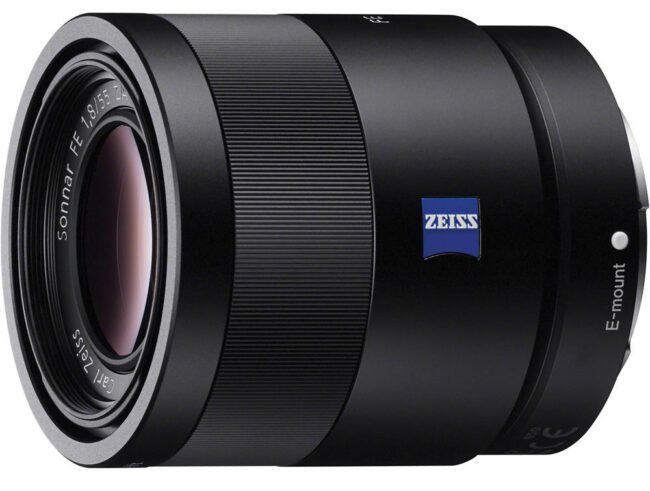
Having four different options isn't surprising given the broad appeal of the 50mm focal length across a range of unlike photographic disciplines including portraiture, way, documentary, architectural and travel photography. The Sony Iron 55mm f/one.viii ZA lens is situated in the middle of the lineup, sitting above the entry-level FE 50mm f/1.8 and below the faster, bigger and more than expensive Atomic number 26 50mm f/1.4 ZA lens.
While the FE 55mm f/1.eight ZA's aperture isn't all that fast, especially given its high price tag, the lens promises to deliver exceptional paradigm quality in a small and lightweight bundle with the lens measuring a meaty 64.4mmx70.5mm and weighing merely 281 grams. The simple 7 elements in 5 groups blueprint with three aspheric elements and Zeiss T* anti-reflective coatings aid the lens in handling aberrations and flare. Unlike the lenses in the GM lineup which utilize Sony's fantastic Directly Drive SSM focusing, the FE 55mm f/ane.8 ZA employs a linear focus motor. Based on its specifications and Zeiss branding, the FE 55mm f/one.8 ZA promises to exist a high performing lens and comes with a matching price tag of $998.
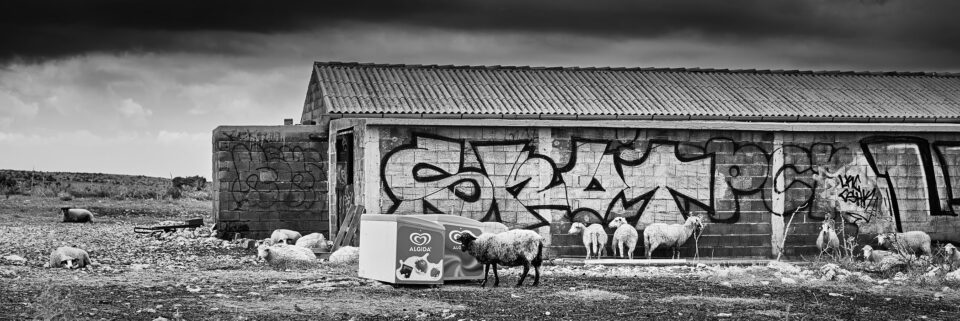
i) Lens Specifications
Main Features:
- Great focal range for many different photographic applications
- Fast f/one.8 max aperture
- Meaty dimensions and lightweight
Technical Specifications:
- Mount Blazon: Sony FE
- Focal Length Range: 55mm
- Maximum Aperture: f/ane.8
- Minimum Aperture: f/22
- Lens (Elements): seven
- Lens (Groups): v
- Compatible Format(due south): Full Frame, APS-C
- VR (Vibration Reduction) Image Stabilization: No
- Diaphragm Blades: ix
- Aspheric Drinking glass Elements: three
- Autofocus: Aye
- Straight Drive SSM motor: No
- Internal Focusing: Yes
- Minimum Focus Distance: xix.7 inches (0.v g)
- Focus Way: Manual, Transmission / Auto
- Filter Size: 49mm forepart filter
- Dimensions: 2.54 in. (64.4 mm) x 2.78 in. (lxx.5 mm) (Diameter 10 Length),
- Weight (Approx.): 9.9 oz (281g)
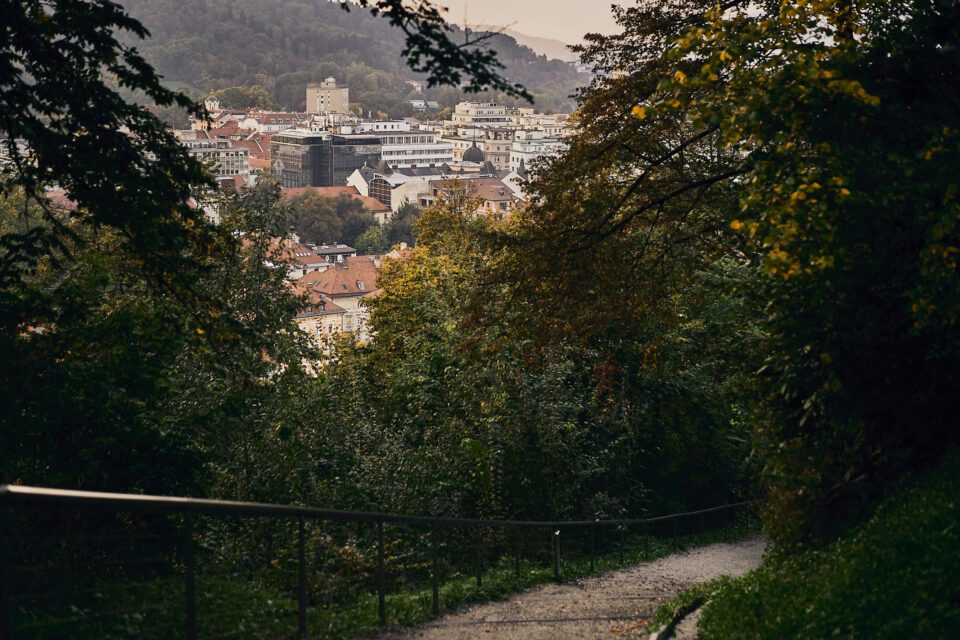
two) Build Quality
Equally a part of Sony'southward Zeiss branded lens lineup, information technology's unsurprising that the Sony Atomic number 26 55mm f/1.8 ZA offers a professional grade build quality. It features a slick semi-gloss blackness metal outer barrel that looks great and matches the artful of the system. The glossy terminate is certainly visually highly-seasoned just when combined with its small size, the FE 55mm f/one.8 ZA is an easy lens to have accidentally slip from your hands if you are non careful. For this reason, I would have preferred a more textured finish on the outer butt like that institute on the Sony GM lens lineup. Sony claims that the lens is "Dust and moisture resistant", just a quick expect at the rear mount shows that there isn't whatever rubber gasket surrounding the mount. This is a large omission given the premium form designation of the lens. I would be wary of using the lens without a pelting cover when working in inclement weather or a dust-filled environment.
Measuring just 64.4mmx70.5mm, the FE 55mm f/i.8 ZA is a very small and lightweight lens which perfectly captures the original intent of compactness of Sony's mirrorless camera system. In apply, the lens makes for a perfect companion to the Sony A7 series of cameras and is a joy to use during extended shooting sessions every bit you rarely feel y'all're fifty-fifty carrying a photographic camera with you. At the front of the lens is a not-rotating 49mm filter thread, surrounded by a bayonet mount for the lens hood supplied with the lens. The petal shaped hood is well made and attaches firmly. It's quite large and nearly doubles the overall length of the lens just does a bully job of protecting the front end element. The 55mm f/ane.8 has 3 aspherical elements, just its internal design is otherwise quite unproblematic, helping to make for such a small lens.

Prime lenses in this focal range don't usually characteristic a bang-up assortment of buttons and switches on their lens barrel, just with the Atomic number 26 55mm f/one.8 ZA, Sony has decided to forgo external switches altogether. This minimalist blueprint certainly has its charm, merely I personally adopt having switches (such as an AF/MF switch) rather than having to dig through the menu to alter unproblematic settings. The lens features a nicely sized 1-inch broad manual focus band that is well dampened. Considering the lens operates using a focus-by-wire manual focus implementation, the speed at which you lot plough the focus band dictates the amount of focus altitude adjustment. I find that information technology is well-implemented cheers in part to the well-counterbalanced rate of change every bit you lot turn the focus ring. A quick and deliberate rotation of the ring is all that is needed to go through the full range (From the minimum focus distance of 50cm to Infinity) while a irksome rotation allows for precise adjustment.
Overall, the Iron 55mm f/one.viii ZA is a well-fabricated lens with a lightweight build and straightforward blueprint. All the components are tightly assembled, and the focus ring is well dampened. The latter is peculiarly of import given the electronic transmission focus pattern which does accept some getting used too just in one case you're familiar with its function it works quite well. While the minimalist aesthetic is part of the lens'due south charm, the lack of external switches forces you to go into the menu to alter simple settings like AF/MF toggle. This arroyo is far too cumbersome for situations that dictate a fast response and Sony would have done well to have at least included an AF/MF toggle switch. Probably the most glaring issue with the build quality is the lack of a proper rubber gasket on the rear mountain of the lens which is a genuine disappointment for a lens in this price range.
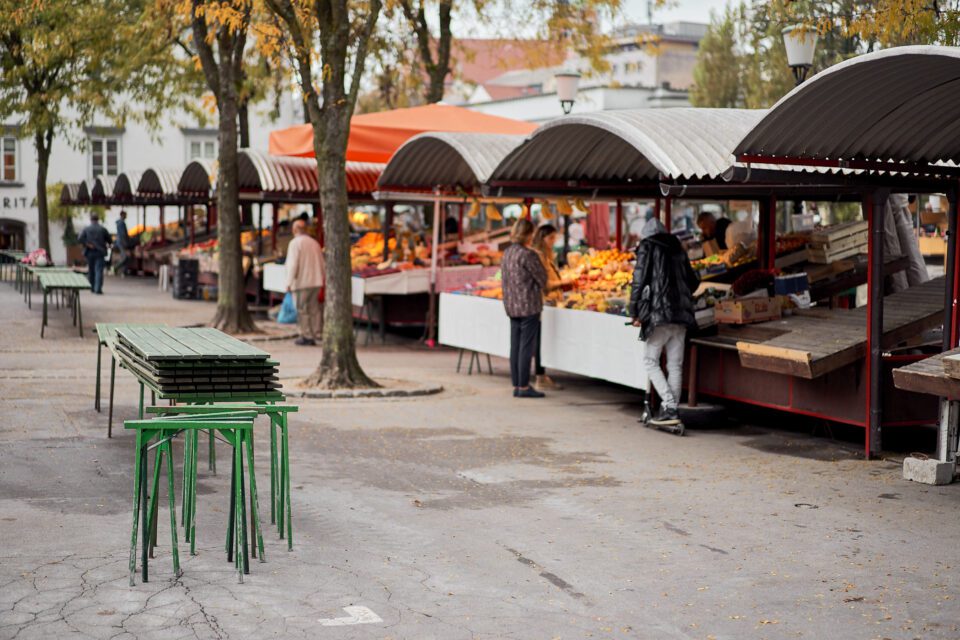
3) Focus Performance and Accuracy
The FE 55mm f/1.8 ZA lens features a linear autofocus motor that focuses internally and makes very petty noise. Overall, focus speeds are good but an important attribute to consider when judging a lens focusing ability is that the camera body plays an integral role in the quality of the autofocus and because of this, information technology is essential to match your lenses with loftier-quality bodies that tin deliver good focusing performance. I was able to test the Iron 55mm f/1.eight ZA lens alongside the very good Sony Blastoff A7III body whose focusing capabilities make the nigh of the lens.

When shooting in AF-S unmarried shot mode, the camera needs to de-focus the lens earlier focusing on the field of study which leads to a noticeable slowdown. Even so, overall focus speed is good enough for nearly uses and accuracy is superb for static subjects including good accuracy in depression-light atmospheric condition.
Switching to AF-C continuous focus mode significantly speeds upward focus acquisition but the consistency of frame-to-frame focus accurateness is decreased. When using this lens in good light, I constitute the focus tracking capabilities to be quite solid and it works very well with Sony's face-detection autofocus. In low calorie-free, the focus tracking functioning of the Iron 55mm f/1.viii ZA is a scrap of a mixed handbag, with more than hunting than I would have liked while trying to track moving subjects and faces indoors.
4) Image Quality
With the Iron 55mm f/1.viii ZA featuring the Zeiss make logo on its lens barrel and a toll tag to match (being three times more expensive than the Sony FE 50mm f/1.8), I expected the lens to produce very sharp images and to do so without the demand to stop down from its native aperture. Thankfully, the lens doesn't disappoint with a very potent operation right from the outset at f/1.eight where sharpness and contrast are on a high level. At this discontinuity, sharpness in the eye of the frame is very proficient with the corners showing a proficient if an unimpressive level of sharpness. Dramatic improvements tin be seen at f/2 and especially so at f/2.8, with the lens now extremely abrupt over most of the image frame with the corners improving gradually improving as you stop down. In the center of the frame, you the lens is jaw-droppingly precipitous from f/2.8 until f/5.6 where it starts to feel the furnishings of diffraction. The corners reach peak sharpness at the f/5.six settings where the performance is truly outstanding. Overall, the FE 55mm f/ane.8 ZA is extremely abrupt with a truly outstanding performance that rivals the best 50mm wide discontinuity lenses on the market.
Here is the kind of sharpness you can expect at f/1.8:
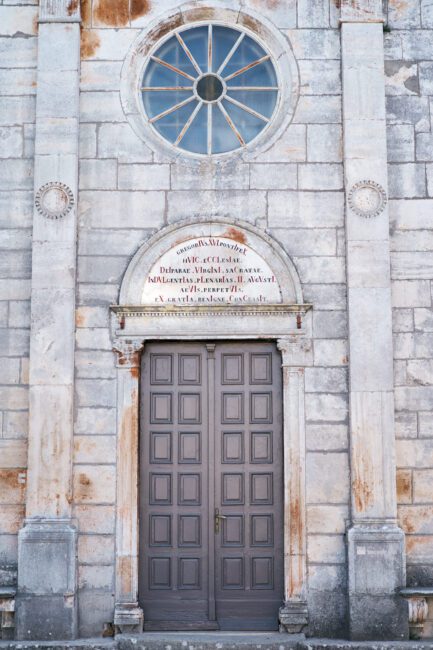
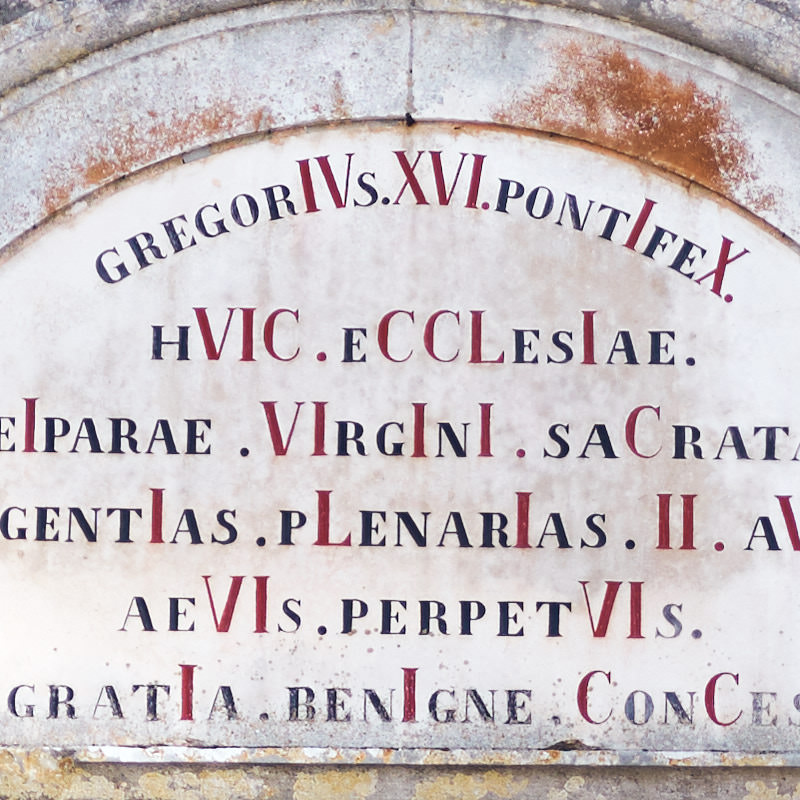
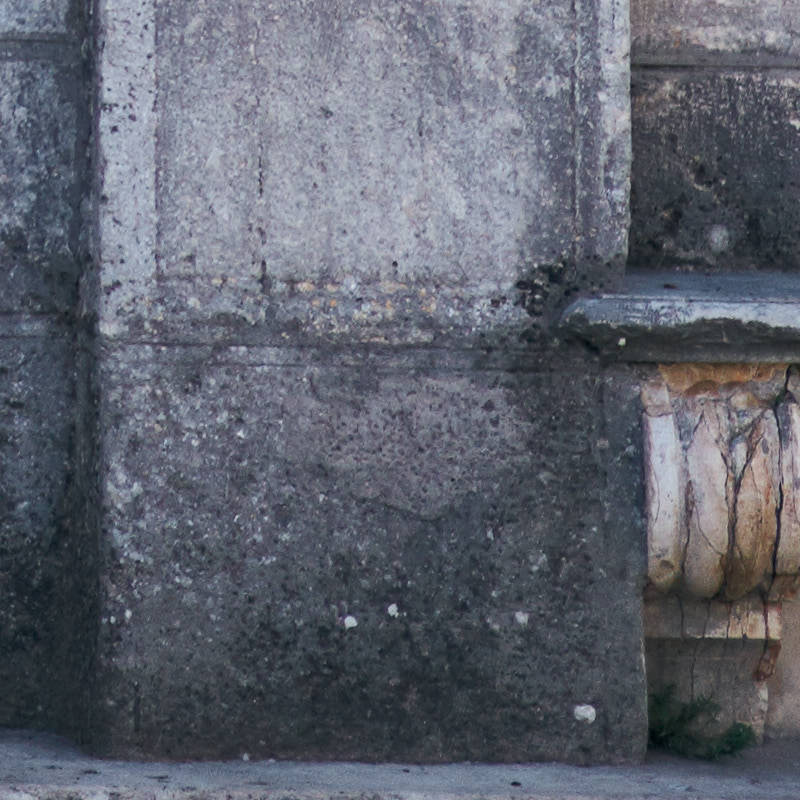
A crop from the photo of the cheese seller of Pag Island, taken at f/one.8:
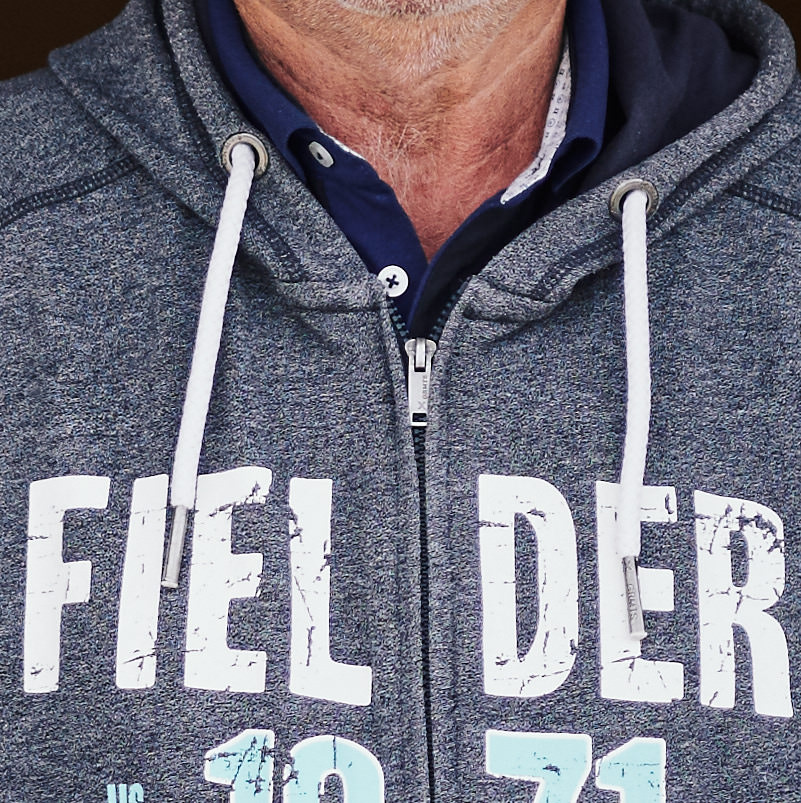
And a crop at f/two.8 (nearly center of image):
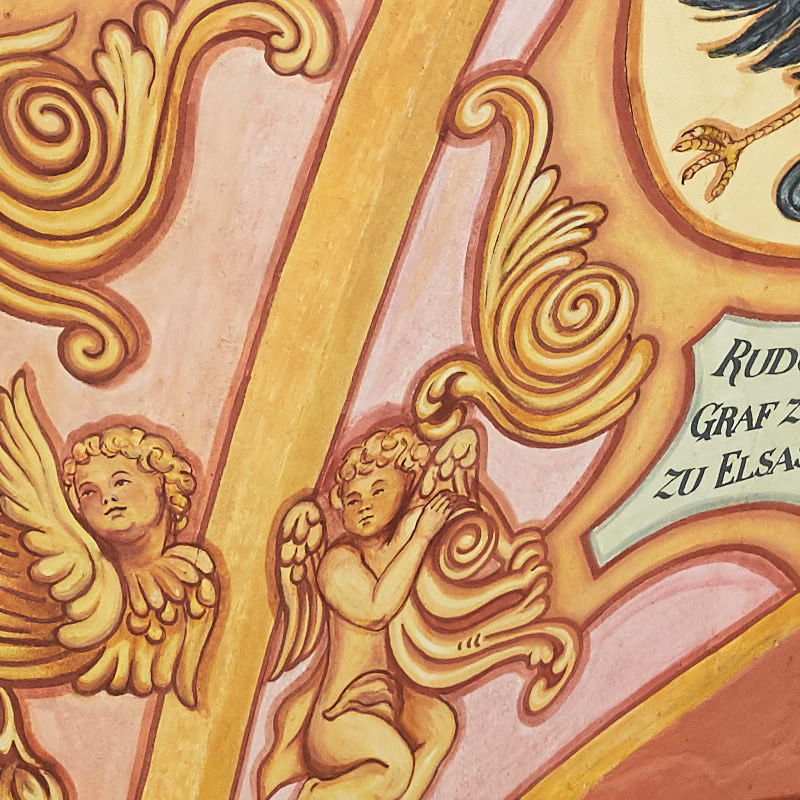
And here is an image at f/1.8, followed past center, mid-frame, and corner crops:
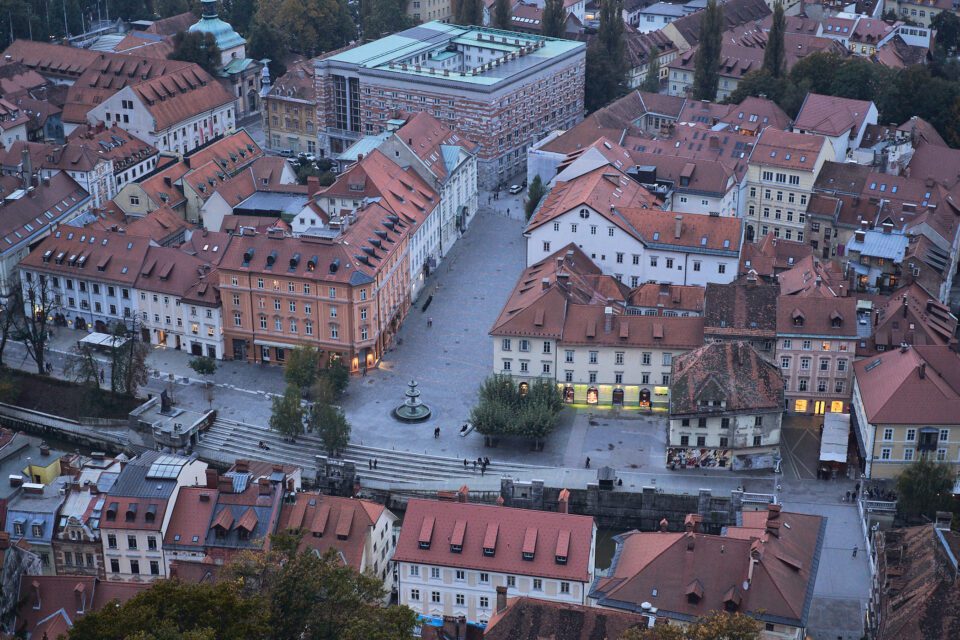
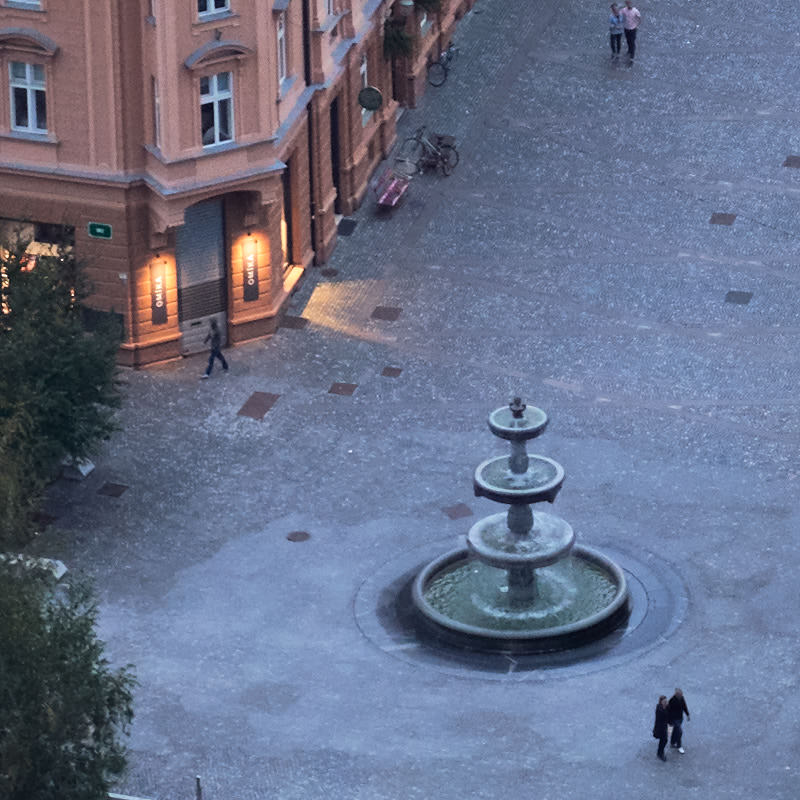
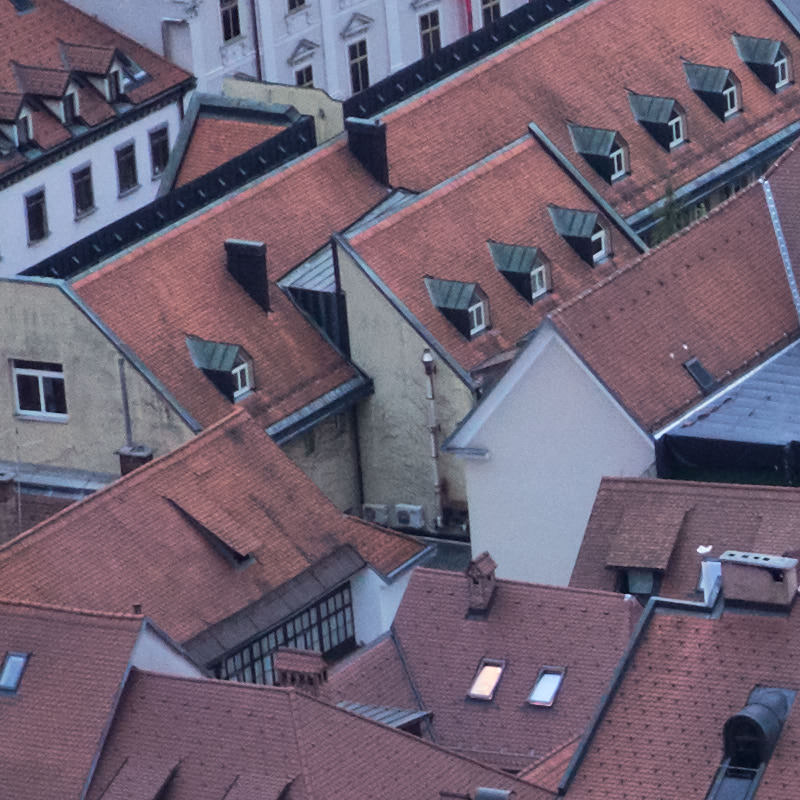
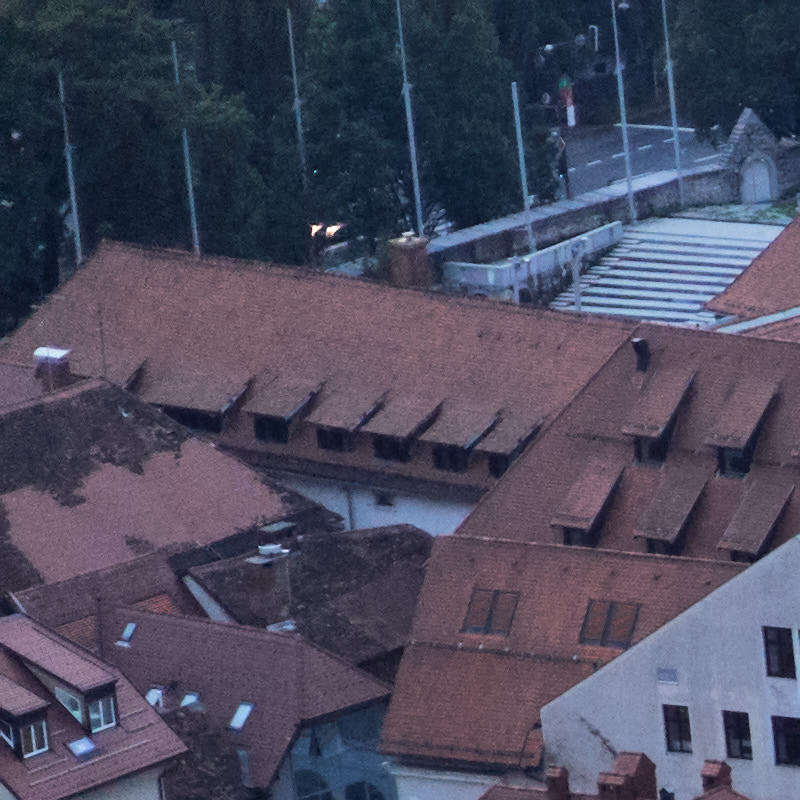
five) Vibration Reduction
Thanks to the inclusion of In-torso stabilization or IBIS in Sony'south mirrorless camera bodies, their lenses don't need to accept congenital-in image stabilization to be stabilized. As such, the Sony Fe 55mm f/1.8 ZA isn't optically stabilized just it does do good from the IBIS system of the Sony camera it'southward mounted on and I establish that I could achieve consistently sharp shots at shutter speeds of around 1/x of a second while manus-holding the lens. This number dramatically drops at lower shutter speeds. Even so, having image stabilization in such a pocket-size lens is a fantastic feature and one of the primary selling points of the Sony system.
6) Bokeh
The quality of the bokeh is an of import characteristic of a 50mm portrait prime number lens and here the Sony FE 55mm f/ane.8 delivers a very nice consequence. Since the lens employs iii aspherical lens elements in its design, it isn't surprising that the "onion ring" effect is quite noticeable with out-of-focus highlights showing rather nervously. In the corners, these circular discs turn into "cat-eyes" and the lens shows this upshot in quite a pronounced manner. The expert news is that the Iron 55mm f/1.viii ZA does a wonderful chore of rendering a shine focus transition and showing a relatively buttery epitome background.
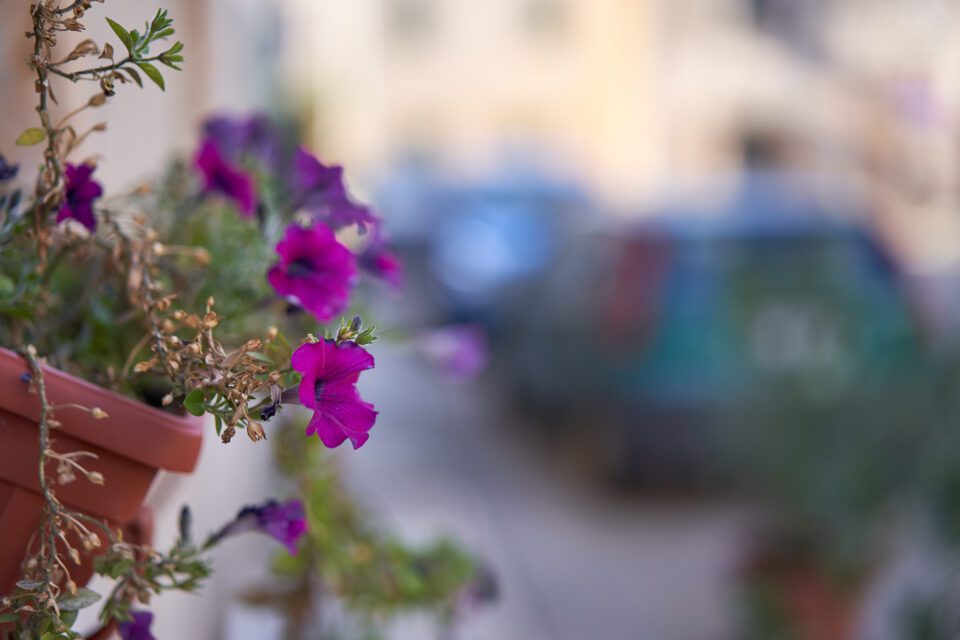
seven) Vignetting
The lens exhibits a potent amount of vignetting, with light falloff reaching around two.5 stops with the lens used wide open at f/1.eight. One stop downward, things profoundly improve with there at present existence almost 1.five stops of corner shading. By f/5.half dozen, this number further improves with the lens exhibiting less than one end of darkening in the corners.

eight) Flaring
The Sony FE 55mm f/1.8 ZA handles flare very well thanks to the Zeiss T* anti-reflective coatings and its simple optical design which helps to minimize internal reflections. It'due south possible to introduce some ghosting during night shots or with stiff backlighting but overall the lens does a wonderful job in this department.
Find the very small flaring on the bottom of the image frame:
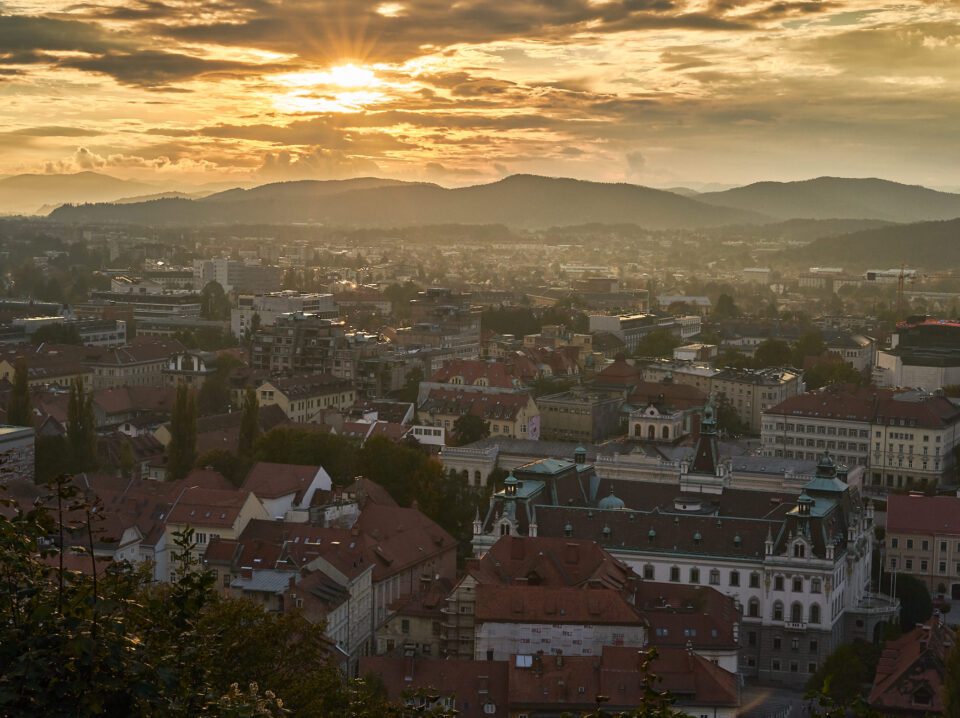
ix) Chromatic Aberration
When information technology comes to treatment chromatic aberrations the Sony FE 55mm f/1.eight ZA turns in a mixed result. On one hand, lateral chromatic aberration is very well controlled with very little of it showing at f/one.8 and almost none showing two stops downwards. Unfortunately, the lens exhibits a significant amount of bokeh fringing (color fringing in front of and behind the focused area) with this specially prominent with the lens used wide open at f/ane.8. The fringing remains quite noticeable until the lens is stopped down to f/4 where things meliorate markedly. By f/5.6 the lens exhibits only a small corporeality of fringing. This is certainly i of the Iron 55mm f/1.8 ZA's biggest optical weaknesses though information technology isn't all that hard to right in post-processing.
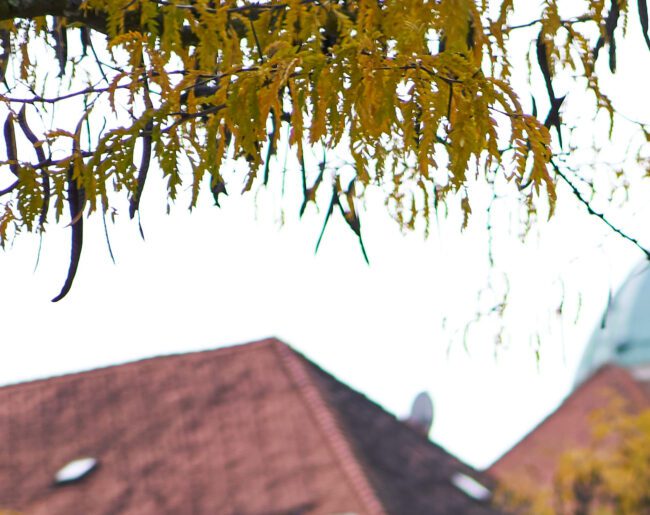
10) Comparisons
Given the popularity of this focal length, users of the FE mount have some options available to them that compete directly with the Sony FE 55mm f/i.eight ZA lens.
For those who are more budget conscious there is a direct competitor in the Sony FE 50mm f/i.8 lens. The Fe 50mm f/1.eight costs simply 1-fourth of the Iron 55mm f/1.8 ZA and shares the aforementioned max discontinuity. While they are both f/1.8 lenses, the Zeiss branded lens is considerably sharper than the Sony Fe 50 f/1.viii when they are both used wide open. This is especially noticeable in the periphery of the frame where the Iron 55mm f/1.viii ZA is much ameliorate. The gap between the ii closes at f/ii.8 but the border clearly remains with the more than expensive lens. The FE 55mm f/1.8 ZA is also much meliorate congenital and features a much ameliorate focusing system. Overall, the two lenses aren't genuinely comparable, with the Sony Iron 50mm f/1.viii providing a solid budget-oriented operation while the Fe 55mm f/one.8 remains a professional course option.
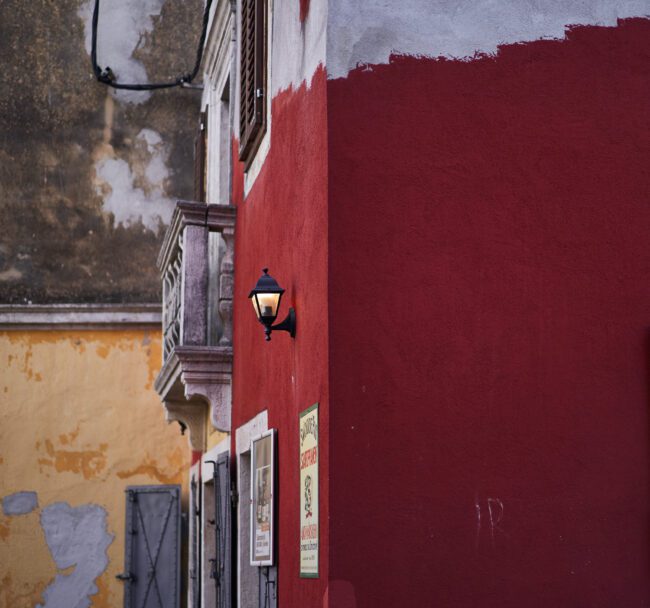
Some other alternative in the Sony Iron lineup is another Zeiss branded lens: the Sony FE 50mm f/1.four ZA. The Fe 50mm f/one.4 ZA is certainly faster, but it comes with a dramatic difference in weight with the FE 50mm f/ane.4 ZA weighing in at 800 grams vs the 281 grams of the Iron 55mm f/1.eight ZA. Both lenses are comparably abrupt while the Atomic number 26 50mm f/ane.4 ZA has a lot less bokeh fringing. The FE 50mm f/ane.4 ZA also costs $498 more than than the f/1.viii variant.
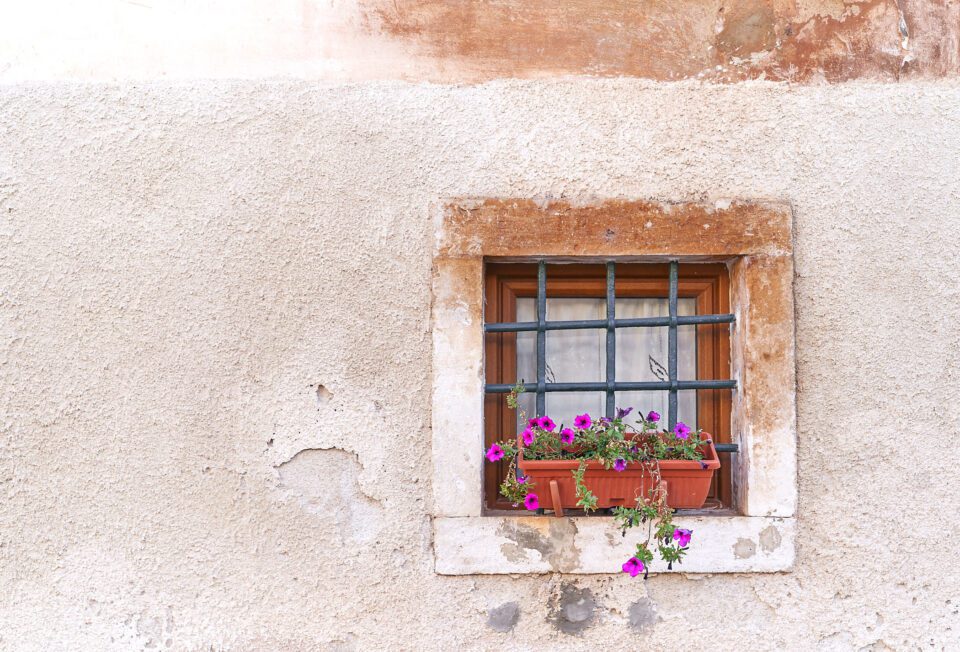
A third choice is the Zeiss Loxia 50mm f/2. This Zeiss offering is a transmission focusing lens and the lack of autofocus may turn some people off. If y'all can live without autofocus, the Loxia 50mm f/2 features a neat manual focusing ring and competes strongly with the Fe 55mm f/1.8 lens in many respects.
11) Summary
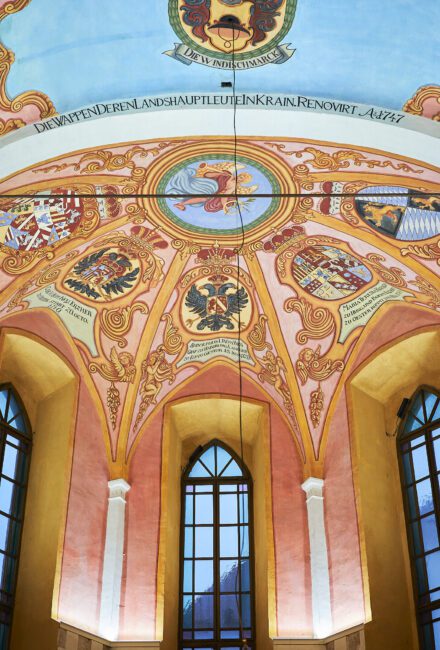
It might be a relatively older pattern (Compared to other FE lenses) but the FE 55mm f/one.8 ZA remains a fantastic lens and one of the all-time standard prime lens options for Sony's mirrorless camera organisation. Optically, information technology's excellent with outstanding sharpness in the heart of the frame when used at f/1.8 and truly incredible corner to corner sharpness but a couple of stops downward. The lens also has a very pleasing bokeh, very good contrast and performs incredibly well against bright sources of calorie-free. The one genuine optical flaw is the loftier amounts of bokeh fringing at f/1.8 and this doesn't really disappear until the lens is stopped down to f/5.vi.
The FE 55mm f/1.8 ZA features a very prissy build quality but the lack of proper weather sealing is a 18-carat oversight on Sony's role and weakens the lens's appeal for photographers who predominantly shoot outdoors and rely on their gear to withstand inclement weather conditions. Another weakness is the lens'southward minimalist pattern and lack of buttons which makes it a lot harder to change unproblematic settings on the fly. 5 years since its introduction, the Sony Iron 55mm f/1.8 ZA continues to exist an splendid if slightly flawed performer that merges a lightweight, high quality build with exceptional image quality and skilful autofocus. It might not be the cheapest 50mm prime lens option available for the FE mountain, merely you mostly get what you lot pay for and those currently on the marketplace for a high performing 50 to 55mm prime lens for their Sony mirrorless camera should give this one a long wait.
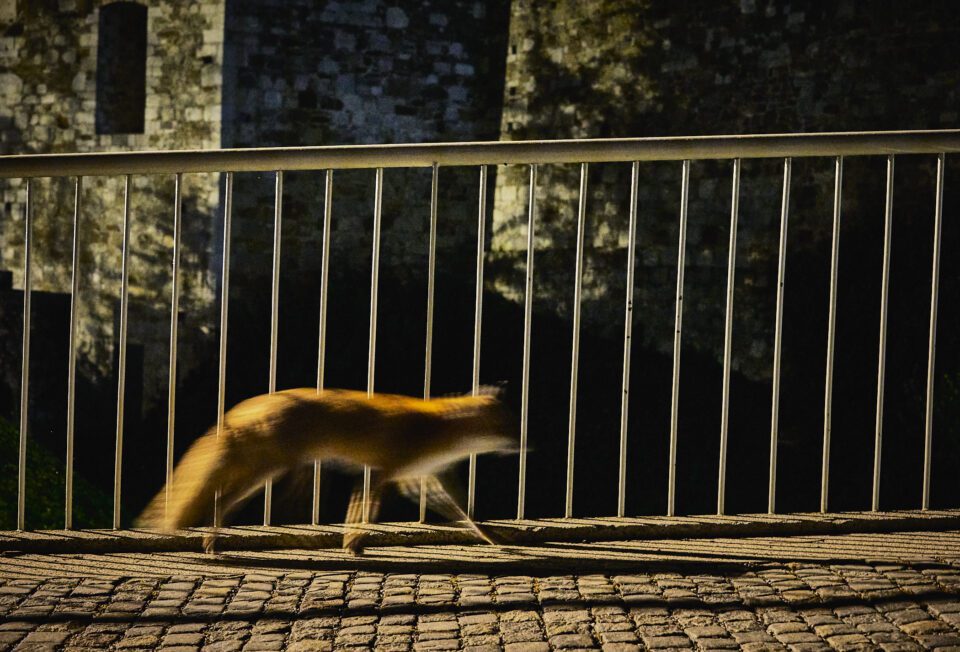
Sony Atomic number 26 55mm f/1.8 ZA
- Optical Operation
- Features
- Bokeh Quality
- Build Quality
- Focus Speed and Accuracy
- Treatment
- Size and Weight
- Value
Photography Life Overall Rating
Source: https://photographylife.com/reviews/sony-fe-55mm-f-1-8-za
0 Response to "Sony Sonnar T* Fe 55mm F/18 Za Lens Review"
Postar um comentário